Introduction The Old English Sheepdog must be one of the UK's most iconic breeds and for decades, these charming dogs have been a popular choice both as companions and family pets with people all over the world and for good reason. Not only are they lovely looking dogs, but they boast having loyal, kind and affectionate natures too. Often called Bob-Tails, they are high maintenance on the grooming front and are known to shed a little throughout the year, but daily brushing keeps the amount they shed to a minimum. They are better suited to households where one person typically stays at home because Old English Sheepdogs hate being left on their own and suffer from separation when they are left to their own devices for any length of time.
History The first time an Old English Sheepdog was depicted in a painting was in 1771, when Gainsborough painted a very similar looking dog with the Duke of Buccleugh that was referred to as being a "bobtail collie".
Although now considered a native breed, there are some people who believe Old English Sheepdog could be a descendant of European shepherd dogs namely the Bergamasco and the Russian Ovtcharka, both of which were introduced to the UK on sailing ships and then bred to various British sheep dog breeds which included the Scottish Bearded Collie. However, other people think that other breeds were introduced into the mix which includes the French Sheepdog and the Briard.
With this said, it was a Mr. Edward Lloyd who established that the Old English Sheepdog is in fact native to the South Downs, a region in Sussex and that the breed has only been around for around 200 years or so. At the time, these dogs went by other names which included the Cotswold Sheepdog, Cor or Smithfield and they were used to work alongside cattle driving them to market. They were also used to drive New Forest ponies as well as sheep to Smithfield market, hence one of their other names back in the day.
As such, the dogs we see today have only been around since the 1800's and it's thought they were first developed in the South West of England where they were bred to work in challenging conditions and rough terrains guarding sheep with shepherds. They soon proved excellent at the job they were bred to do and thanks to their extremely water-resistant coats, they could work in the harshest weather conditions with the added bonus being in warmer weather their coats could be sheared much in the same way as sheep. Shepherds’ wives would then spin a dog’s fur to make warm clothing for the colder winter months.
The first Old English Sheepdog exhibited at a dog show was in 1873 in Birmingham. From that point in time, these lovely dogs became popular with people not only here in the UK, but in the States, Canada and other parts of the world. A breed standard was established very soon afterwards which has not been changed that much to this day.
The Old English Shepherd remains a popular choice of family pet and companion dog thanks to their charming looks and personable natures although anyone wishing to share a home with a Bob-Tail needs to have the time to dedicate to grooming them, but the effort is well worthwhile.
Height,Weight Height: Males 22 - 24 inches (56 - 61 cm) Females 20 - 22 inches (51 cm) Weight: Males from 65 pounds (29 kg) Females from 60 pounds (27 kg) Some can grow to over 100 pounds (45 kg).
Grooming The coarse, longhaired coat needs constant care to keep it in top condition. Unless it is combed and brushed right through to the dense, waterproof undercoat at least three times per week, it will become matted and the dog may develop skin problems, making it prone to host parasites. Clip out any tangles carefully so as not to nick the skin. A grooming table will make the whole job easier. If the dog is not being shown, the coat can be professionally machine-clipped every two months or so, about one inch all the way around. In former times these dogs were shorn along with sheep. Trim around the eyes and rear-end with blunt-nosed scissors. This breed sheds like a human—not a lot, but in small amounts.
Origin There are a few theories about the origin of the Old English Sheepdog. One is that it is related to the Poodle and the Deerhound. Other theories are it is related to the Briard and the Bergamasco, or from Scotch Bearded Collies and the Russian Owtchar, a hairy Russian breed brought to Great Britain on ships from the Baltic. The Old English Sheepdog was developed in the western counties of England by farmers who needed a quick, well-coordinated sheep herder and cattle driver to take their animals to market. The dogs became widely used in agricultural areas. Farmers began the practice of docking the tails in the 18th century as a way of identifying the dogs that were used for working so they could get a tax exemption. For this reason the dogs were given the nickname "Bobtail." Each spring, when the sheep were sheared, farmers would also shear the dogs’ coats to make warm clothing and blankets. The Old English Sheepdog has been used for reindeer herding because it tolerates cold weather so well. It was first shown in Britain in 1873 and by the AKC in 1888. Some of the Old English Sheepdog's talents include: retrieving, herding and watchdog.
Personality Old English Sheepdogs are a favorite image in Hollywood. Movies and cartoons portray this breed as everything from intelligent and hardworking, to silly and dim-witted. Their individual personalities can vary as much as their Hollywood portrayals: some sheepdogs are outgoing, others are reserved, some are silly while others are are serious. But all Old English Sheepdogs are loyal family dogs who adore their people and wand to be with them as much as possible. They make excellent watch dogs as they are quick to sound the alarm that someone is approaching. Sheepdogs are great with kids, patient and kind, and always open for romping and playing in the yard. They make an excellent companion for experienced dog owners with active lifestyles.
Children and Other Pets The Old English Sheepdog is the extrovert of the canine world and loves nothing more than to be in a home environment with children. They boast having kind and loving natures although at times they can be a little excitable which means playtime can get a bit rough. As such, it's always best for any interaction between the kids and a dog to be well supervised by an adult to make sure things remain nice and calm.
When they are well socialised from young enough age, an Old English Sheepdog usually gets on well with other dogs. However, care should be taken when they are around small animals and pets because their hunting instincts might just get the better of them. If a dog has grown up with a family cat in a household, they generally get on well together, however, if they ever got the chance, an Old English Sheepdog would think nothing of chasing a neighbour’s cat off if they dared to come onto their territory.
Here Some Beautiful Photos Of Old English Sheepdog:
Please Share If You Like...

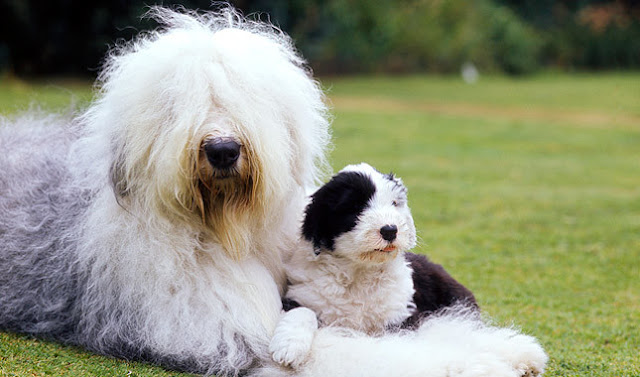
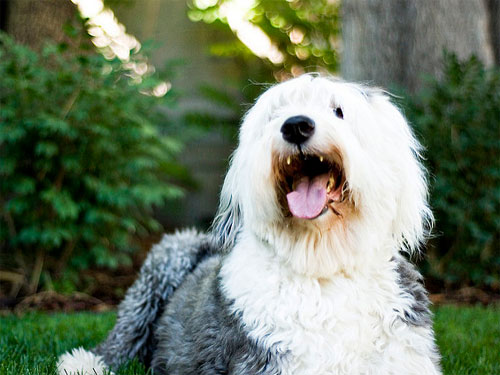
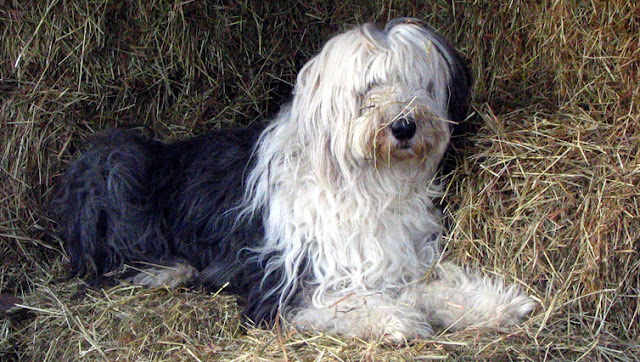
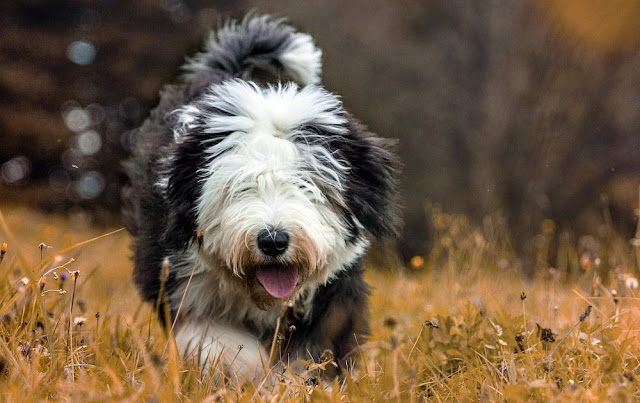
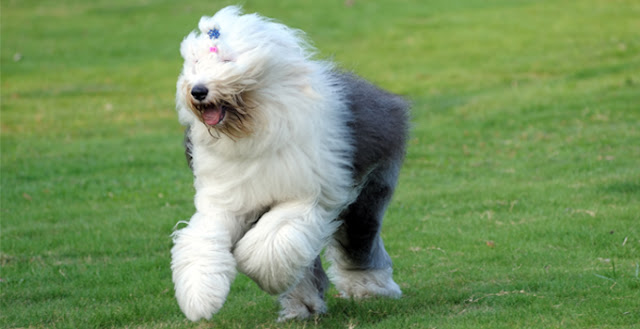
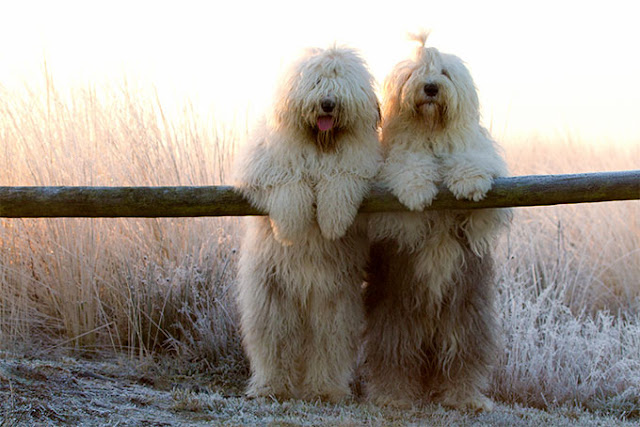













No comments:
Post a Comment